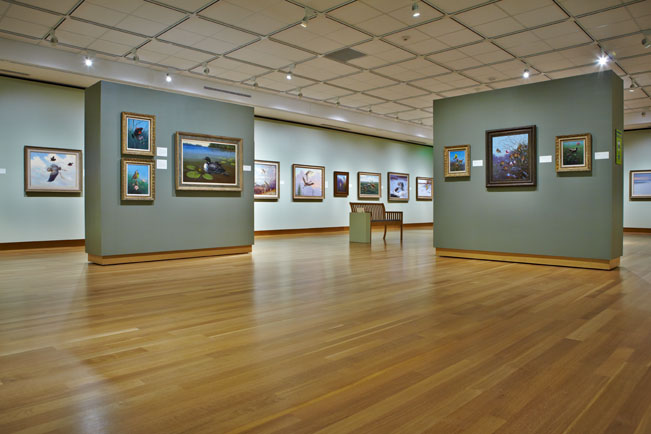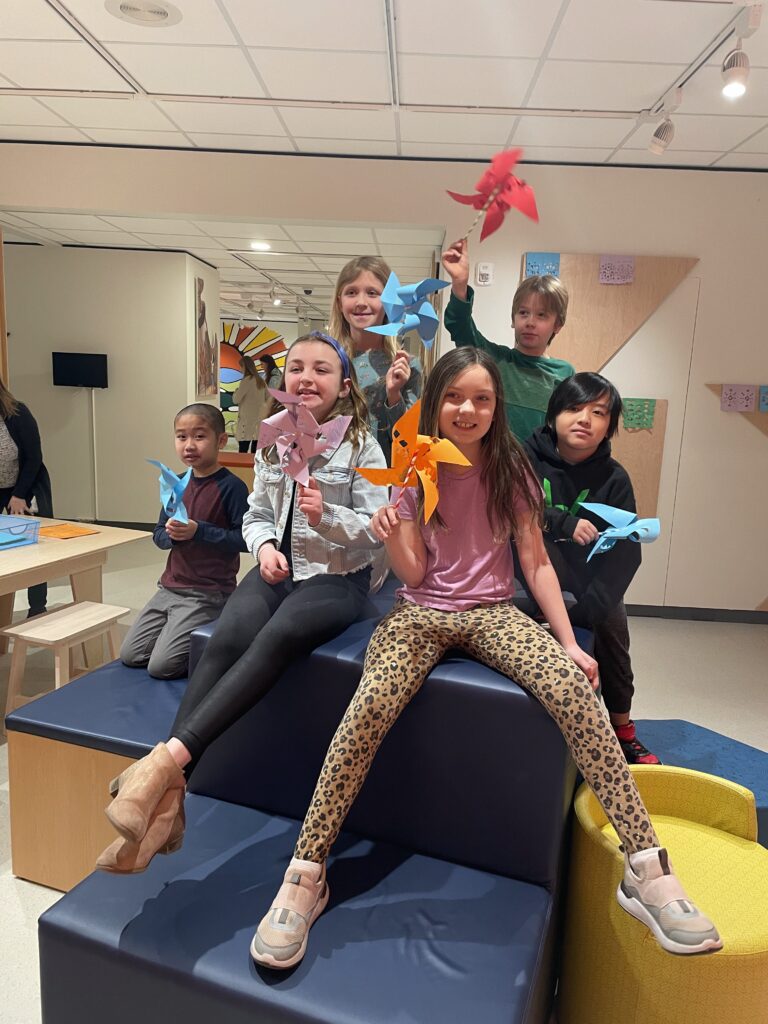
Some of the best information I’ve discovered lately has come from blogs. For me, the relaxed writing style and personal observations are appealing. Brevity is another welcome feature.
With those thoughts in mind, I am going to succinctly address how the Woodson Art Museum acquires artworks and how that information appears on the accompanying gallery label.
My first task is clarifying museum lingo to spare you from deciphering jargon.
One of the missions of the Woodson Art Museum is to acquire artwork that sets the standard for art of the avian world. Artwork the Museum owns is referred to as the permanent collection. These objects – whether paintings, sculptures or graphics – are acquired (through gifts and purchases), owned, and cared for in perpetuity.
Gifts from artists and donors comprise the majority of the artworks in the Woodson’s permanent collection. That said, the Museum also purchases artworks thanks to special funding. All potential acquisitions are carefully reviewed by a Board committee – eight members representing the Board, staff, and community. A Collections Management Policy along with a Collecting Plan guide decision making. Staff diligently research artworks under consideration and share their findings and recommendations with the Committee.
Lastly, the information on how the Museum acquires artwork can be found on the second to the last line of the label.
Here is an example of a gallery label.
Ajay Brainard American b. 1971
The Final Embrace, 2001
Northern Parula warbler
Oil on hardboard
Museum purchase with funds provided by
the John and Alice Forester Charitable Trust
2012.28

For the most part, museum labels contain the same basic information. Woodson Art Museum labels include bird species for our indoor birding fans.
I’ve observed that the last line raises the most questions among visitors. The common thought is it’s the price paid for the artwork. Alas, no. It’s a tracking number, called an accession number. Similar to your social security number, an accession number is unique to the work, stays with it forever, and is used to distinguish one work from another.
Although brevity was not possible, my hope is that armed with this information your next trip to a museum will be less mysterious and even more enjoyable.

